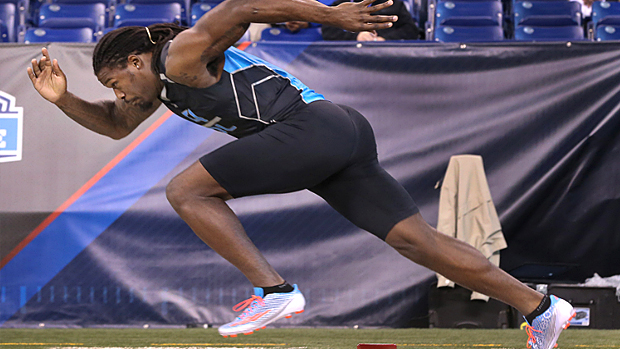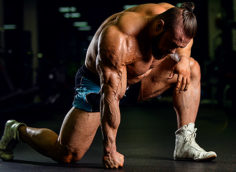Lower-body strength training should include more than squats and deadlifts, especially if you care about real-world athletic performance. The right exercises will also prevent injuries.
Several studies have shown that strength training programs involving the Nordic hamstring curl, which is basically the partner version of a glute-ham raise, demonstrated a significant reduction in hamstring strains incidence. (1,2,3)
The research on leg curls is also compelling. One study separated elite soccer players into two groups. Although both groups used the same training programs, one group had additional, specific hamstring training using the lying hamstring curl machine and the other did not. The results showed that the addition of the lying curl increased sprint speed and decreased the risk of suffering a hamstring strain injury. (4)

This agrees with other research, which showed that the lying leg curl (where movement originates at the knee joint) elicited significantly greater activation of the lower lateral and lower medial hamstrings compared to the stiff-legged deadlift, where movement originates at the hip joint, such as in a Romanian deadlift. (5)
- Arnason A et al. Prevention of hamstring strains in elite soccer: An intervention study. Scand J Med Sci Sports. 2008 Feb;18(1):40-8. PubMed.
- Petersen J et al. Preventive effect of eccentric training on acute hamstring injuries in men's soccer: A cluster-randomized controlled trial. Am J Sports Med. 2011 Nov;39(11):2296-303. PubMed.
- van der Horst N et al. The preventive effect of the nordic hamstring exercise on hamstring injuries in amateur soccer players: A randomized controlled trial. Am J Sports Med. 2015 Jun;43(6):1316-23. PubMed.
- Askling C et al. Hamstring injury occurrence in elite soccer players after preseason strength training with eccentric overload. Scand J Med Sci Sports. 2003 Aug;13(4):244-50. PubMed.
- Schoenfeld BJ et al. Regional differences in muscle activation during hamstrings exercise. J Strength Cond Res. 2015 Jan;29(1):159-64. PubMed.





